Standing desks have become increasingly popular among professionals who want to improve their posture, boost productivity, and enhance overall well-being. However, using a standing desk incorrectly—especially at the wrong height—can lead to discomfort and even long-term health issues. Setting up your desk at the right standing desk height is essential for maintaining good posture, reducing strain, and ensuring maximum comfort throughout your workday.
In this guide, we will walk you through the process of finding the ideal standing desk height, along with practical tips to keep your workspace ergonomically sound.
Why Desk Height Matters
The height of your standing desk plays a crucial role in maintaining proper body alignment. An improperly adjusted desk can cause back pain, wrist strain, neck discomfort, and poor posture. When positioned correctly, your standing desk helps promote a neutral body position, reducing fatigue and preventing musculoskeletal problems.
By ensuring that your desk is set at the right height, you can work more efficiently and comfortably while minimising the risk of strain and injury.
How to Determine the Right Standing Desk Height
1. Measure Your Elbow Height
The first step in adjusting your standing desk is measuring your elbow height. Stand in a relaxed position with your shoulders at ease and bend your elbows at a 90-degree angle. Measure the distance from the floor to your elbows—this should be the height at which you position your desk surface.
2. Adjust Your Desk to Elbow Level
Once you have determined your elbow height, adjust your desk so that your keyboard and mouse are at this level. This ensures that your arms remain in a neutral position, reducing wrist strain and preventing discomfort during prolonged work hours.
3. Position Your Monitor Correctly
A properly positioned monitor is essential for preventing neck and eye strain. The top of your screen should be at or slightly below eye level, allowing you to maintain a straight-ahead gaze. Additionally, the monitor should be placed about an arm’s length away from your body to reduce eye fatigue. Consider using a monitor stand or an adjustable arm to fine-tune the height and distance.
4. Consider Your Footwear
The type of footwear you wear can impact your standing height. If you frequently alternate between different types of shoes, such as flats and heels, you may need to make small adjustments to your desk height accordingly. Keeping your desk height flexible will help maintain consistency in your ergonomic setup.
5. Test and Fine-Tune Your Setup
Once you have adjusted your desk, spend some time working in that position to assess your comfort. If you experience discomfort in your wrists, neck, shoulders, or lower back, make incremental changes to improve your posture. Your workspace should feel natural and supportive, allowing you to work efficiently without unnecessary strain.
Tips for Maintaining Ergonomic Wellness
Use an Anti-Fatigue Mat
Standing for extended periods can place stress on your feet and legs. An anti-fatigue mat provides cushioning and promotes better circulation, helping to reduce discomfort and fatigue.
Alternate Between Sitting and Standing
While standing desks offer many benefits, standing all day can also cause strain. It’s important to alternate between sitting and standing throughout your workday. Using a height-adjustable desk or a sit-stand converter allows you to switch positions effortlessly, preventing stiffness and promoting movement.
Maintain Proper Posture
To avoid strain, keep your back straight, shoulders relaxed, and weight evenly distributed between both feet. Avoid locking your knees or leaning excessively on one side. Good posture supports spinal health and reduces unnecessary tension in your muscles.
Move and Stretch Regularly
Prolonged sitting or standing can cause stiffness. Incorporate movement into your routine by taking short breaks to walk, stretch, or perform light exercises. This helps improve circulation, keeps your muscles engaged, and prevents fatigue.
Elevate Your Workspace with Ergoworks
Finding the perfect standing desk height is essential for achieving a comfortable, healthy, and productive work environment. By following these simple adjustments and ergonomic tips, you can create a workspace that promotes good posture and reduces strain.
At Ergoworks, we offer a range of high-quality ergonomic furniture and accessories designed to support your well-being. Explore our selection of standing desks, monitor arms, anti-fatigue mats, and more to enhance your workspace today.
Let Ergoworks help you achieve the ideal standing desk height for a healthier and more efficient work experience!


![Falcon Chair [Free Footrest Worth $150]](http://ergoworks.com.sg/cdn/shop/files/Falcon_Chair_Main_Image.png?v=1757482801&width=104)
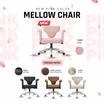
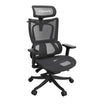
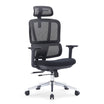
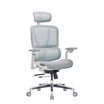
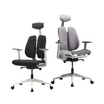

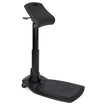
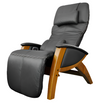
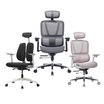
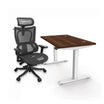
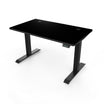
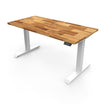

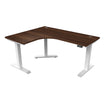
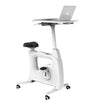
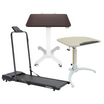

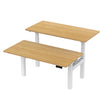
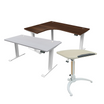




![Impact Ergonomic Kids Study Desk [Length Options Available]](http://ergoworks.com.sg/cdn/shop/files/KidDeskMainImageFinal.png?v=1764215536&width=104)
![Impact Ergonomic Kids Desk & Chair [FREE Spindle bookshelf & Eye Care Lamp Worth $318.90] [Chair & Length Options Available]](http://ergoworks.com.sg/cdn/shop/files/Kids_Desk_Nov_Promo_Square_Shopify.jpg?v=1761955288&width=104)



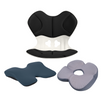
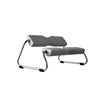
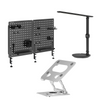

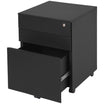
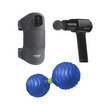
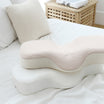
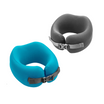
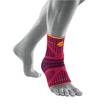

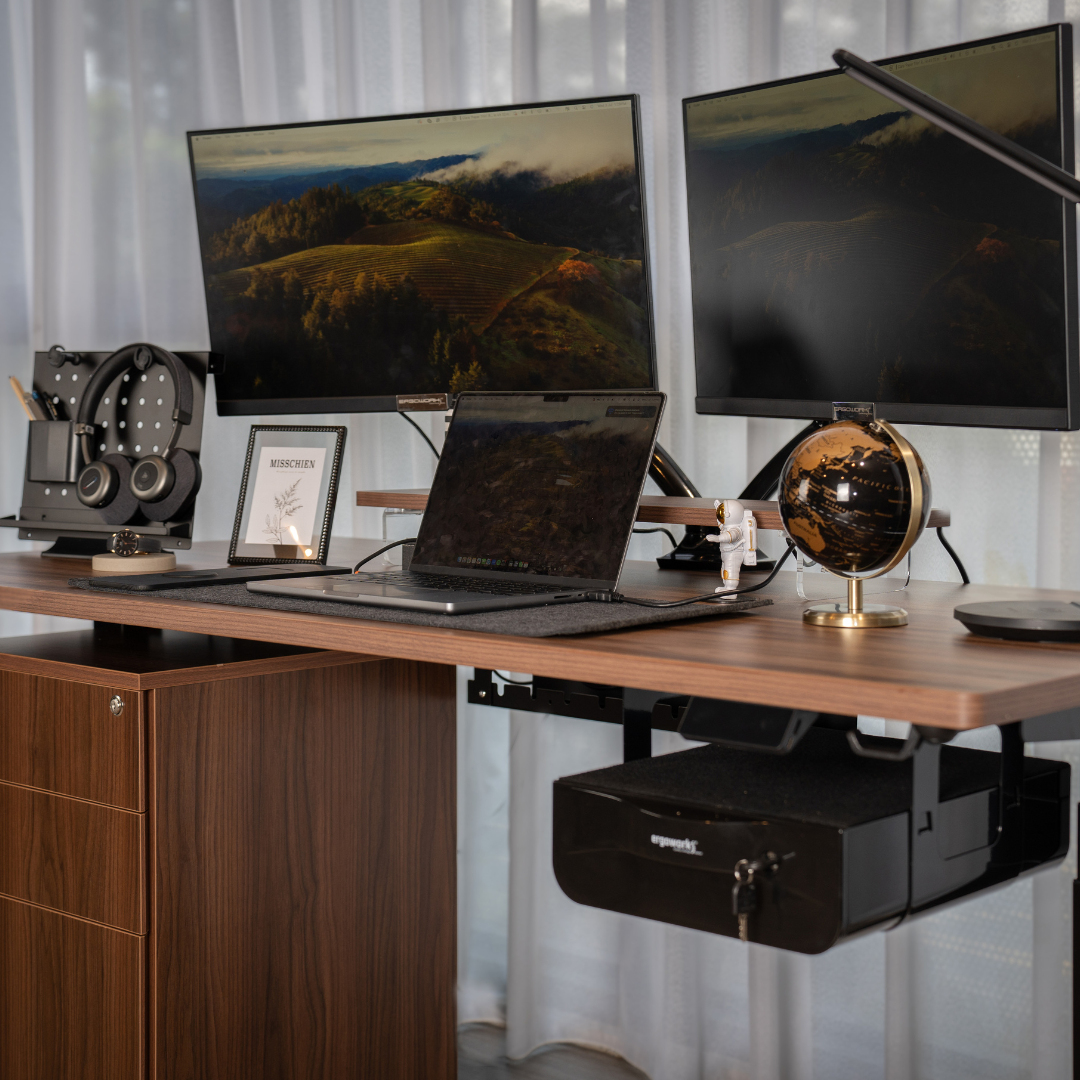
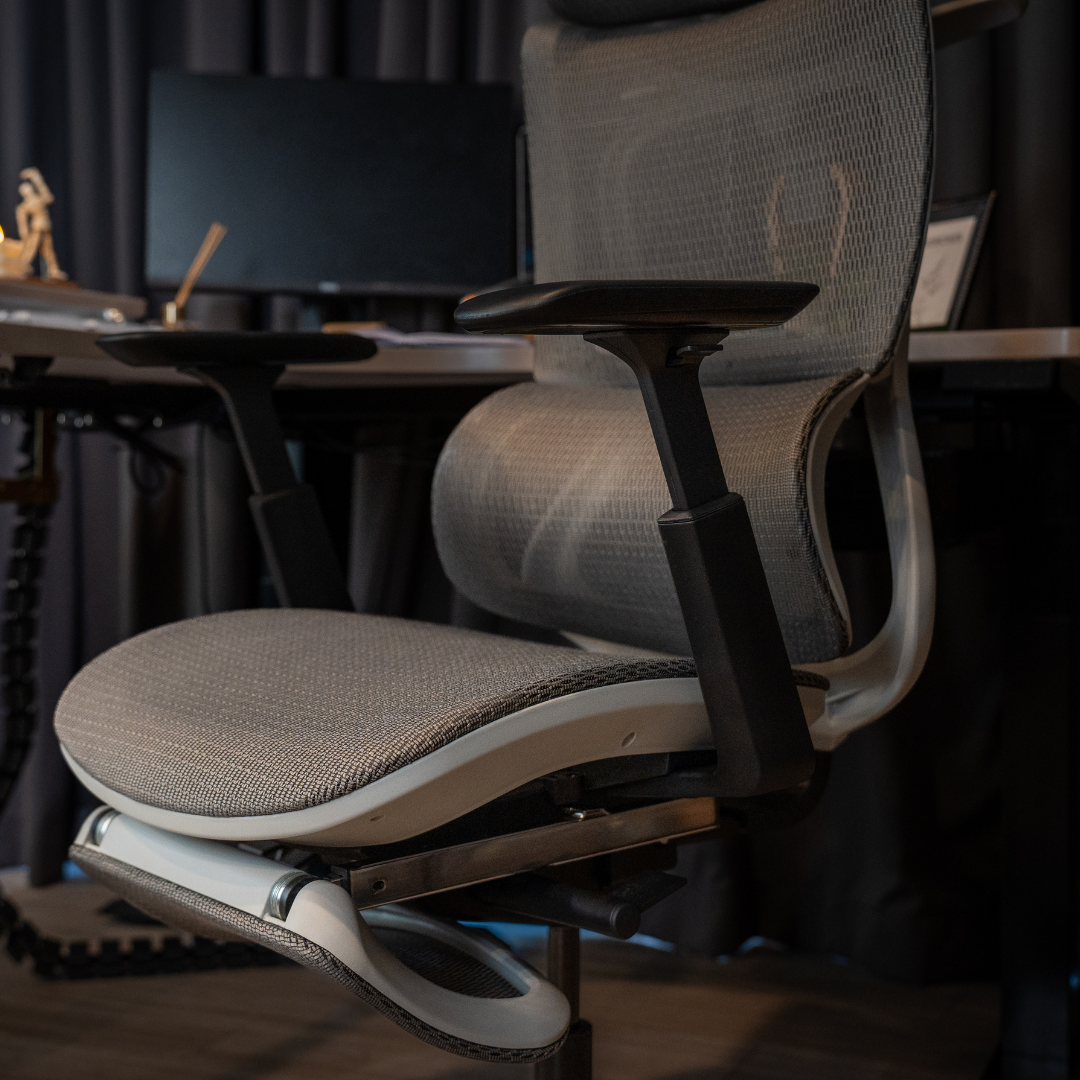
Leave a comment
This site is protected by hCaptcha and the hCaptcha Privacy Policy and Terms of Service apply.